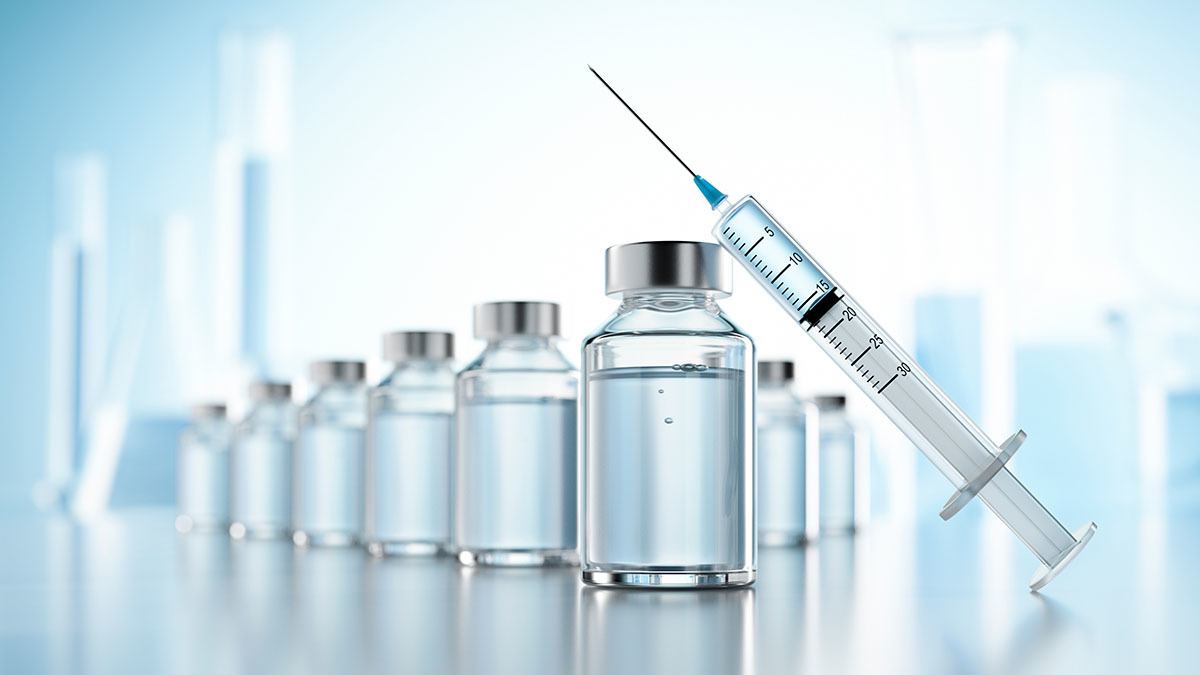USP Extractables Profiling Testing
The United States Pharmacopeia (USP) has established a set of standards that pharmaceutical products must meet to ensure safety and efficacy. One critical aspect of these standards is the Extractables & Leachables testing, which involves identifying and quantifying chemicals that may leach from containers, closures, and packaging materials into contact with drug products during storage and distribution.
In this context, the USP Extractables Profiling Testing is a specialized service designed to evaluate extractable substances from pharmaceutical containers, closures, and packaging systems. This testing ensures compliance with USP General Chapter 715 Extractables and Leachables. The primary objective of this testing is to identify potential contaminants that could affect the quality, safety, and efficacy of drug products.
The service typically involves a multi-step process, starting with the selection of appropriate leaching media and conditions. Common leaching solvents used in USP Extractables Profiling Testing include water, ethanol, methanol, phosphate buffer solutions, and acidic or basic conditions mimicking real-world storage scenarios. Specimens are then subjected to various extraction methods such as sonication, shaking, or agitation.
After extraction, the samples undergo thorough analysis using advanced instrumental techniques like High-Performance Liquid Chromatography (HPLC), Gas Chromatography-Mass Spectrometry (GC-MS), and Fourier Transform Infrared Spectroscopy (FTIR). These methods are chosen based on their ability to detect a wide range of extractable compounds, including metals, plasticizers, antioxidants, and other potential contaminants.
The testing process is highly regulated to ensure accuracy and reproducibility. Laboratories adhering to this service must comply with international standards such as ISO 17025 for quality management and USP General Chapter 715. Rigorous validation of the extraction methods, analytical techniques, and reporting procedures ensures that the results are reliable and can be trusted by regulatory bodies.
The importance of this testing cannot be overstated. Non-compliance with these standards could lead to product recalls, legal action, and reputational damage for pharmaceutical companies. Therefore, ensuring compliance through USP Extractables Profiling Testing is a critical step in maintaining the integrity of drug products.
- Ensures Compliance: Adherence to international standards ensures that your products meet regulatory requirements.
- Risk Mitigation: Identifying potential contaminants early helps mitigate risks associated with product safety and efficacy.
- Quality Assurance: Consistent testing results help maintain the quality of your drug products throughout their lifecycle.
- Regulatory Approval: Compliance with USP standards is often a prerequisite for regulatory approval, streamlining the approval process.
In summary, USP Extractables Profiling Testing is an essential service that provides critical insights into potential contaminants in pharmaceutical containers and closures. By ensuring compliance with international standards and identifying potential risks early, this testing plays a vital role in maintaining product quality and safety.





